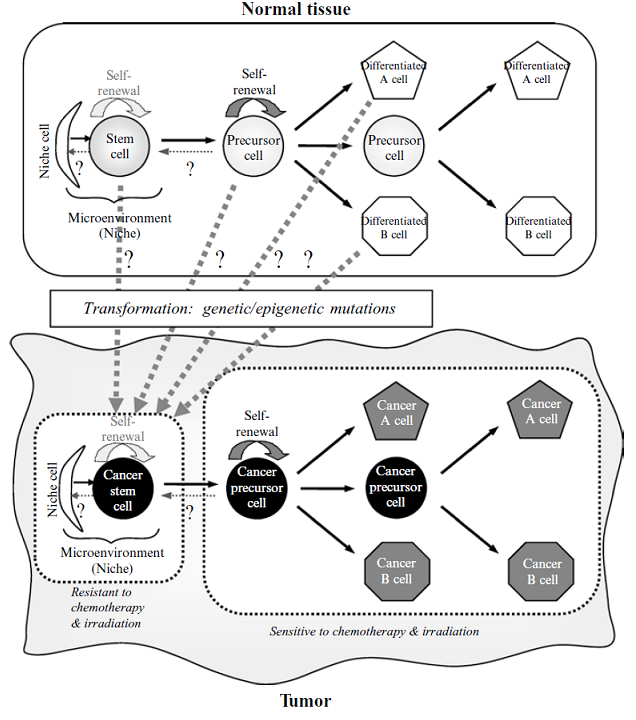#Question id: 10937
#Unit 1. Molecules and their Interaction Relevant to Biology
The pH at which net charge of a molecule become zero the point known as
#Question id: 10938
#Unit 7. System Physiology – Animal
A 45-year-old woman developed fatigue in July and had blood counts that were reported to be normal. She was hospitalized because of a very severe headache in December, and was found to have a blood pressure of 175/90. Her laboratory values were as follows: hemoglobin (8.3 g/dL), RBC count (2.2 × 10^6/μl), Hct (23%), MCV (89 fL), WBCs (5100/μl), platelets (262 × 10^3/μl), and reticulocyte count 0.8%. What is the diagnosis for this patient?
#Question id: 10939
#Unit 7. System Physiology – Animal
After a person is placed in an atmosphere with low oxygen, how long does it take before there are increased numbers of reticulocytes?
#Question id: 10940
#Unit 7. System Physiology – Animal
Adhesion of white blood cells to the endothelium is
#Question id: 10941
#Unit 7. System Physiology – Animal
In a normal healthy person, which of the following blood components has the shortest life span?
#Question id: 10942
#Unit 7. System Physiology – Animal
A 45-year-old man presents to the emergency room with a 2-week history of diarrhea that has gotten progressively worse over the last several days. He has minimal urine output and is admitted to the hospital for dehydration. His stool specimen is positive for parasitic eggs. Which type of WBCs would have an elevated number?

